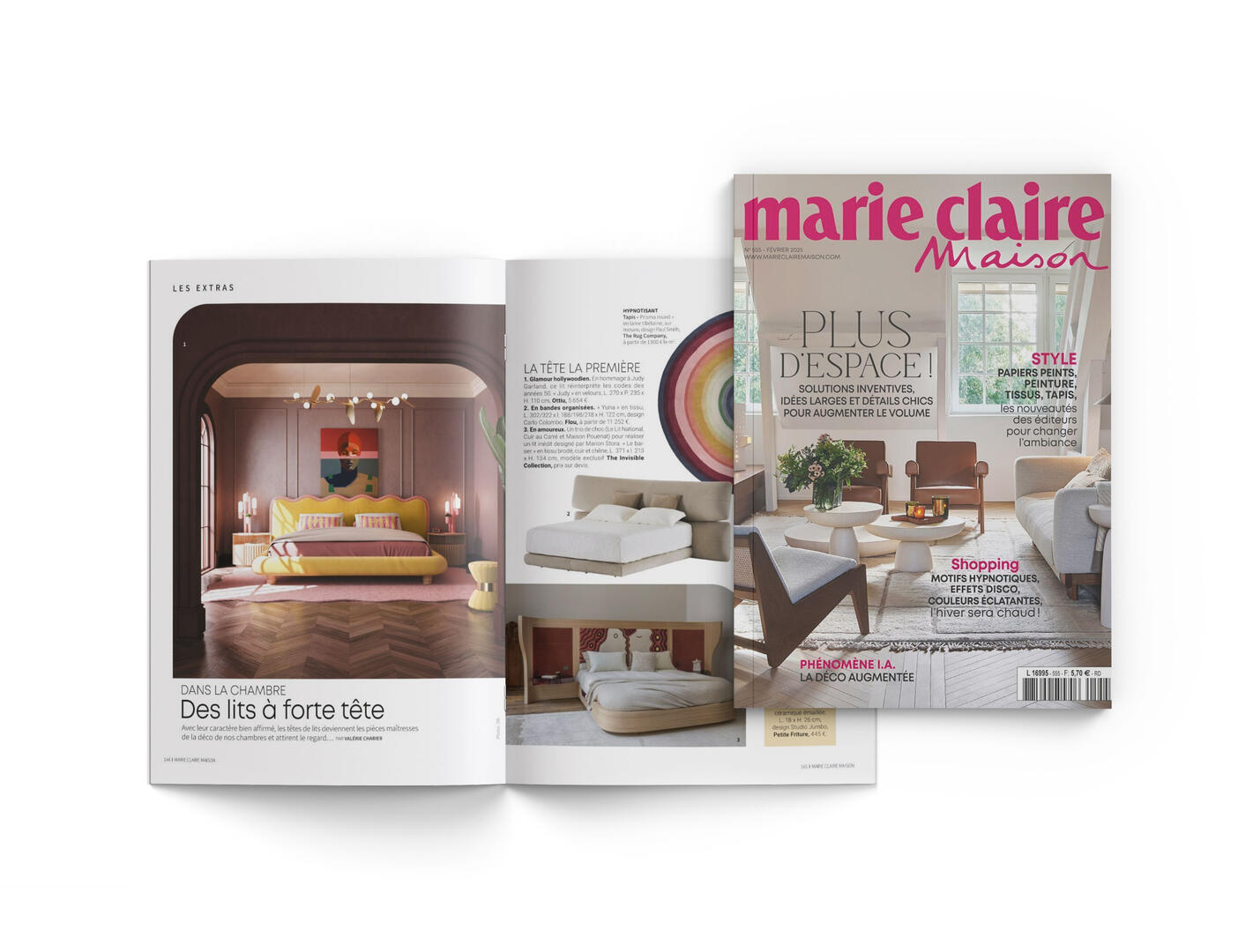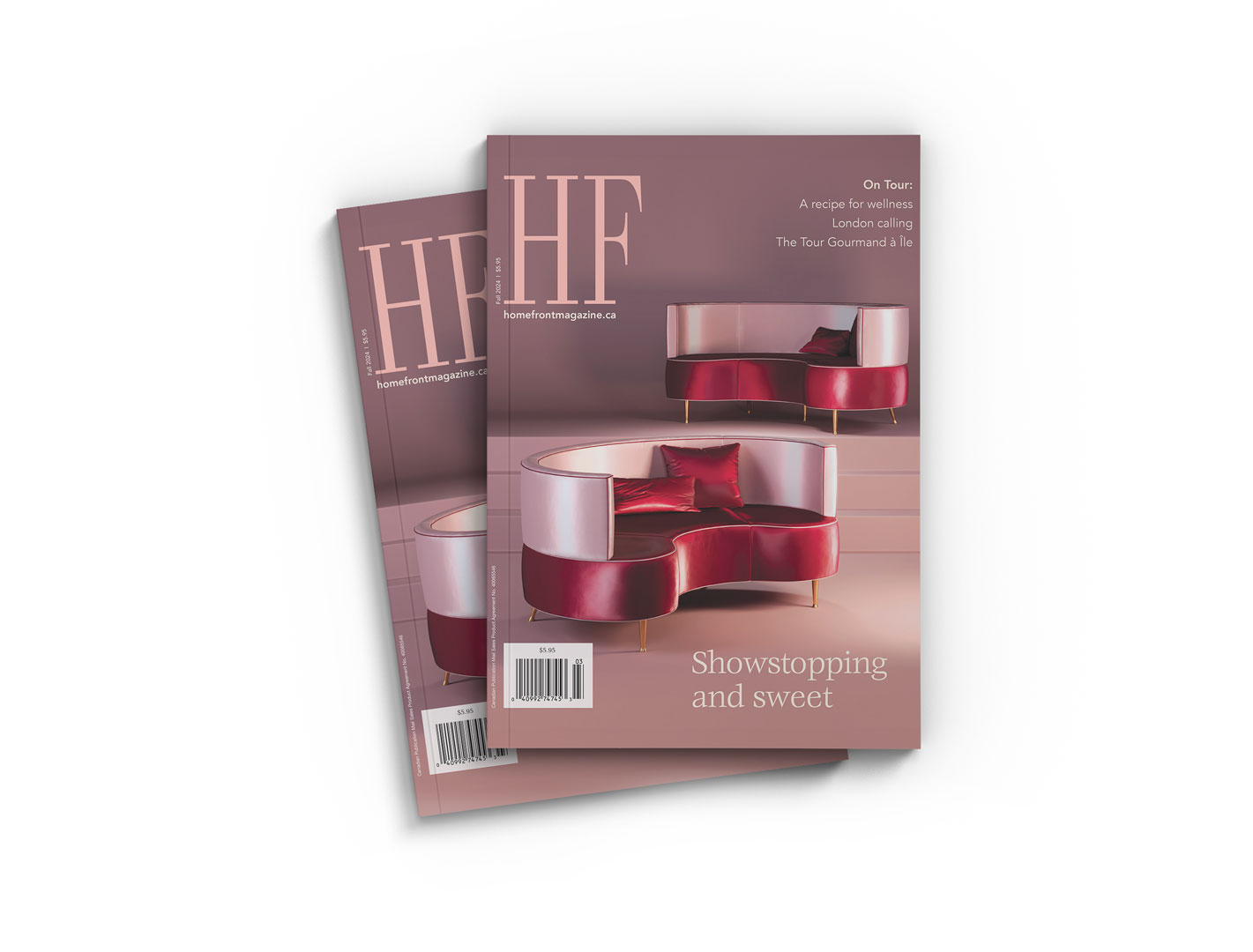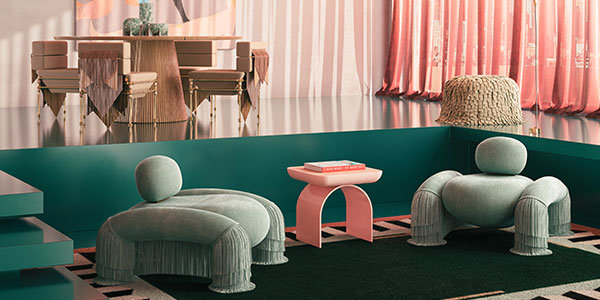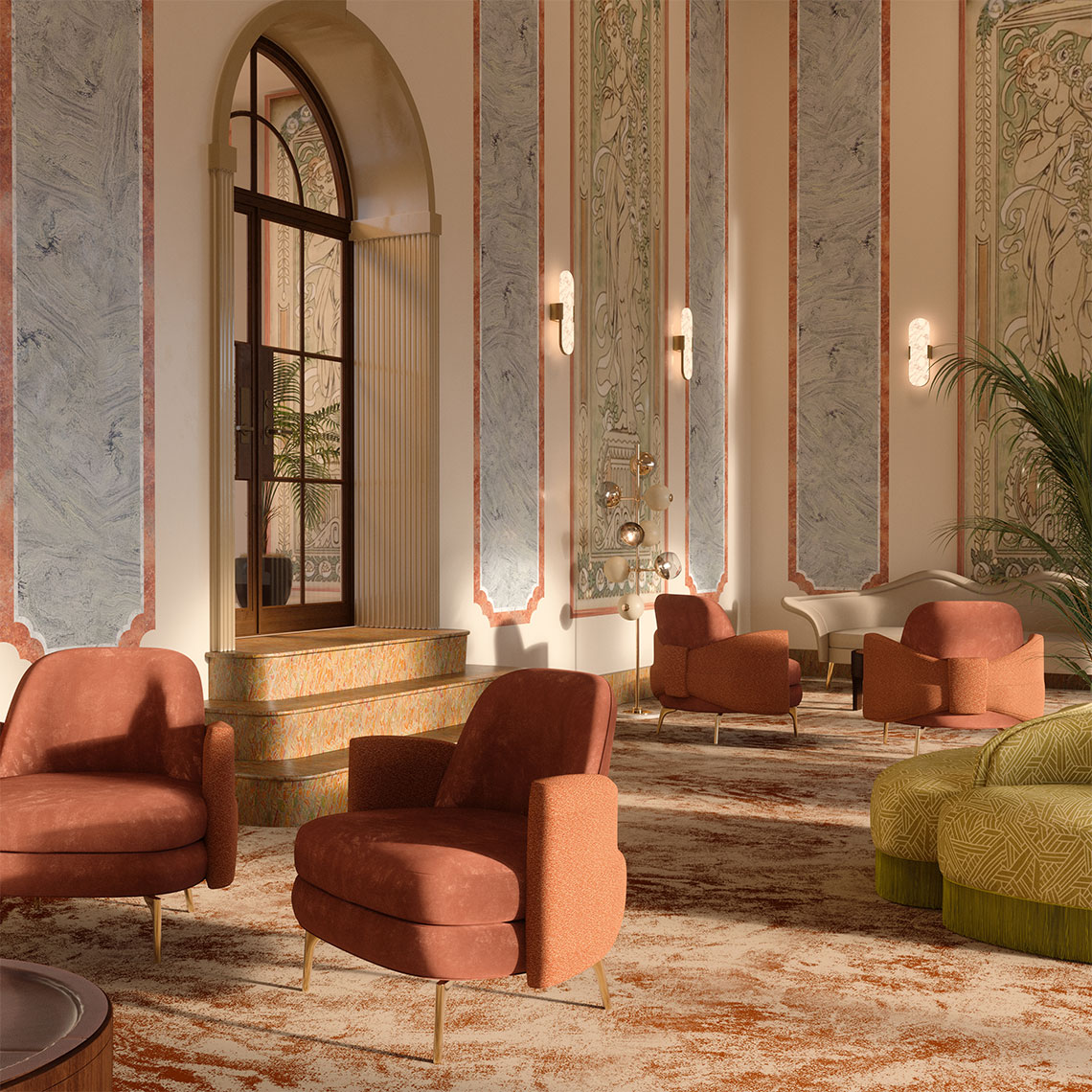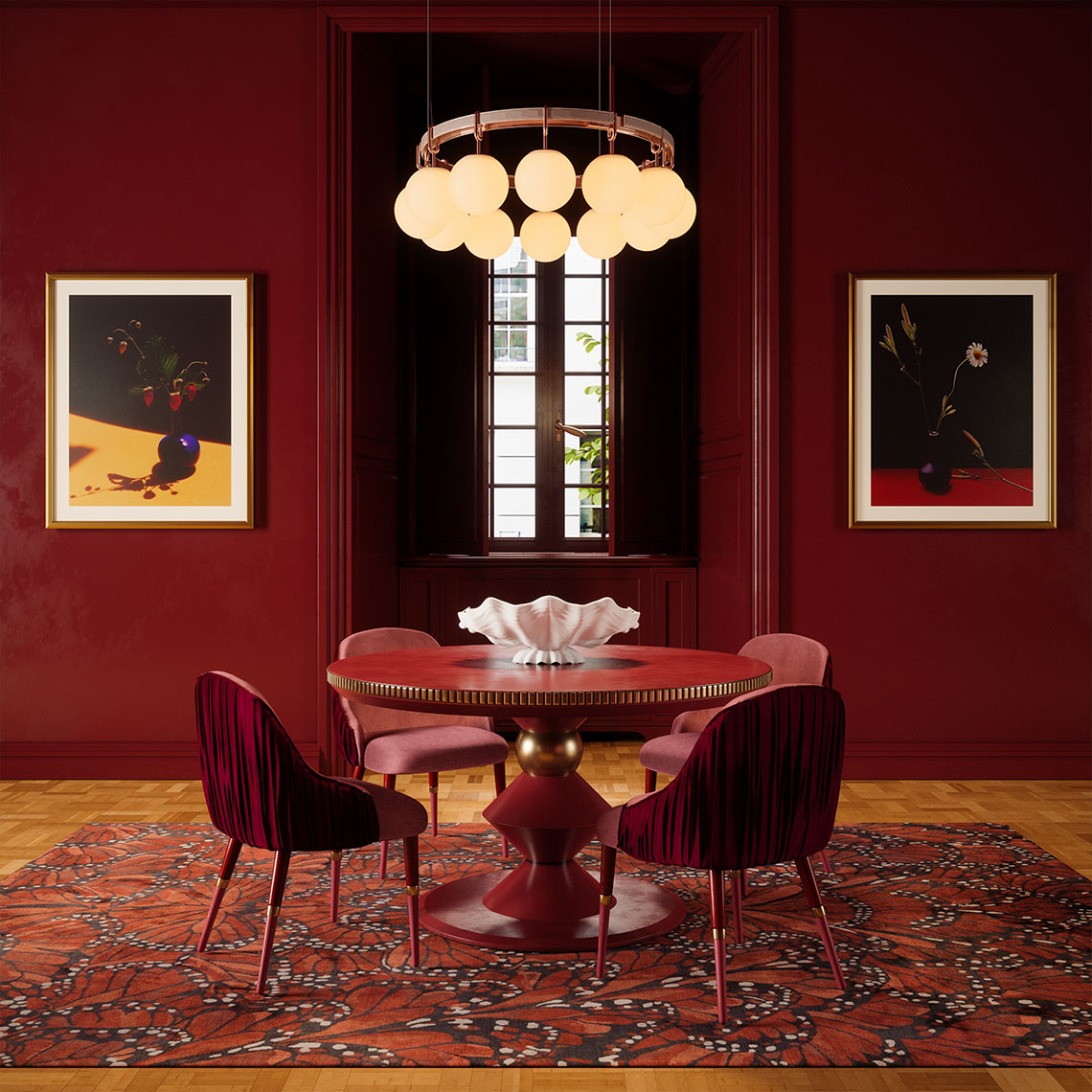Care and Maintenance
The information about care and maintenance given is based on our present knowledge and experience and provides general information on our products and their uses, the indications given serve as a recommendation. It should not be interpreted as a guarantee of specific properties of the products or their suitability for a particular application.
CARE AND MAINTENANCE
Metals
Remove dust using a soft damp cloth and neutral detergents. Be carefull to avoid scratching the surface. Do not use products containing alcohol and solvents.
Metals such as brass, overtime will gain more personality, as it oxidizes over a prolonged period.
For additional care, please refer to a cleaning professional.
CARE AND MAINTENANCE
Wood and lacquers
Remove dust using a soft dry cloth, avoid detergents with ammonia, solvents or abrasives. Remove any soil buildup with a damp cloth and dry immediately. Wipe spills immediately with a soft, dry cloth. Use felt pads on any displays or hard objects that are placed directly on the wood. Avoid contact with certain materials, such as rubber, which might react with the finish.
The direct sun exposition can alter the color of wood and lacquer. Wood is a natural material that over time may undergo slight color variations. During the seasoning phase, the solid wood moves even according to the different weather and dampness conditions in the air. The objects which lay on the tops must be periodically shifted since wood, finished with natural substances, is light sensitive and oxidizes, creating color differences between the exposed and covered parts.
CARE AND MAINTENANCE
Fabrics
Rotate cushions and pillows weekly to distribute wear. Vacuum upholstery weekly using the upholstery attachment and crevice tool of your vacuum to remove loose particles.
Periodic cleaning by a professional upholstery cleaning serv ice is the only recommended cleaning method for your upholstery, including furniture base beneath slipcovers. Annual cleaning is suggested, but this may vary depending on use.
To prevent possible “bleeding” of ink onto fabric, do not leave newspapers or other printed materials lying on upholstery. Take special care when spraying household chemicals and commercial products near upholstery. Avoid placing your furniture in direct sunlight. All fabric and leather will fade over time.
In some cases, spot cleaning can cause a ring or fading. It is best to have the entire piece or cushion casing cleaned by a professional upholstery cleaning service to ensure uniform results.
Always blot—never rub—spills immediately with a clean, absorbent white cloth. Blot from the outside to the middle of the affected area to prevent rings. Pile fabrics may require brushing with a nonmetallic, stiff bristle brush to restore appearance.
Recommendations and advice for care and maintenance of VELVETS.
Velvets need suitable care (before and after being used).
Please find below our handling instructions:
- Do not place any kind of excessive weight over the piece of velvet.
- Do not put the piece in the vertical, always accommodate it horizontally.
- Make sure the fabric is used along the pile (when sewing).
- The folding should always be done in cardboard tubes, uniformly, without gaps.
- Please make sure you only unfold when you are ready to use the fabric.
Cleaning and washing:
- Vacuum clean with a brush attachment to remove dirt.
- Do not wash.
- Do not iron.
- Dry clean only with Perchloroethylene.
CARE AND MAINTENANCE
Leather
For better care and maintenance we recommend keeping your genuine Ottiu product away from direct heat sources such as heaters or fireplaces, and direct light from windows, as heat and light can cause significant changes in the leather´s color.
Blot liquid immediately with a clean, absorbent cloth. When cleaning the leather, it is important to rub the moisture leather very gently, as the leather becomes more delicate when damp.
When there is a liquid stain, it should be cleaned immediately with an absorbent cloth. Take caution not to enlarge the stain, but to reduce it as much as possible, by cleaning from the edge of the stain towards the center. If there are any larger stains of chocolate, jam etc., remove the excess quickly with, for example, the smooth edge of a spoon taking care not to make the stain larger, but to reduce it as much as possible by starting from the edge of the stain toward the center of the mark.
For additional leather care, please contact a leather cleaning professional.
Each leather hide is unique in its structure, appearance, color, and size. The leather hide shows the traces of nature, vegetation and animal care. The leather is a natural product, and the scars, blood vessels, insect bites, wrinkles, abrasions, etc., are not defects, but the signs of genuine leather.
There are variations in the softness of the various parts of the leather when you perform the care and maintenance. The difference in appearance between the sewing seams and the wrinkles caused by the softness differences are not defects but the characteristics of the leather.
DISCOVER OTTIU’S BRAND PARTNERS
Unlock a world of exquisite inspiration.
- Do you need help?
- Legal Terms and Conditions
Unlock a world of exquisite inspiration.
Ottiu © 2023 All rights reserved.

